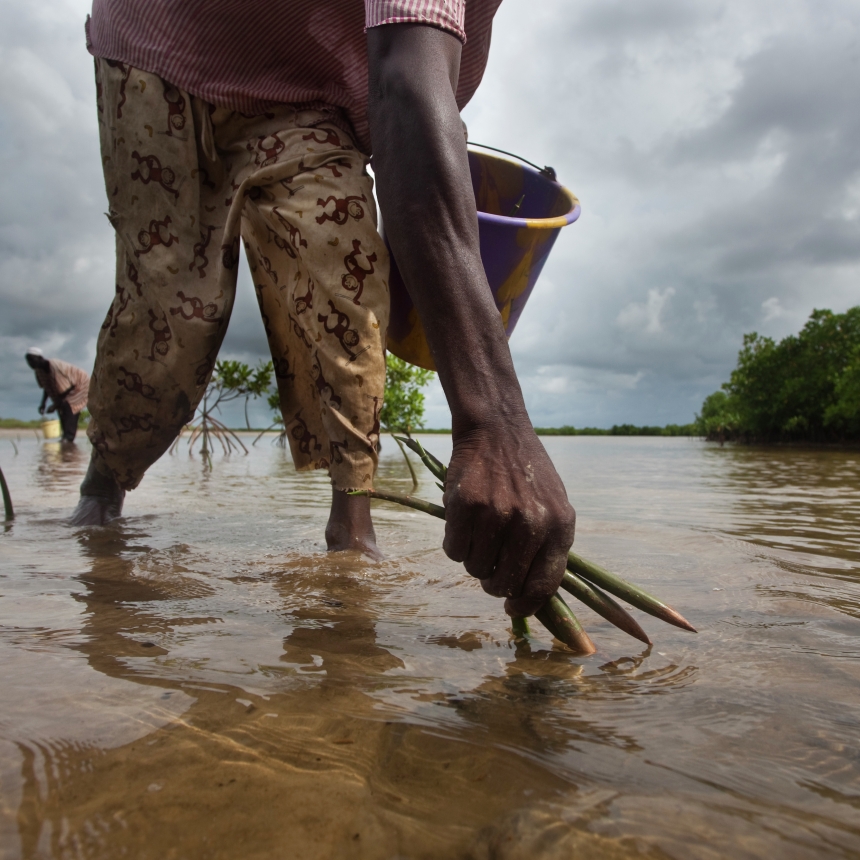What makes mangroves so special?

As one of the planet’s biggest carbon stores, mangroves are important for the whole world as well as on a local level. But what are they, and what makes them so special?
Found in tropical habitats across the globe, mangroves are amazing trees and shrubs that have evolved to grow in areas with water logged and low oxygenated soils . One of those places is Senegal, the next stop on Extreme E’s 2021 calendar – the Ocean X Prix – and the championship has pledged to plant one million of the superhero trees in the region.
Sheena Talma, Extreme E’s marine scientist for the upcoming Senegal race, explains what makes them so special: “Mangroves have many roles, from creating habitats for birds and crabs to nursery grounds for fish as well as being shock absorbers, protecting the coast from surge and large waves.”
With 80 per cent of the global fish catch relying on mangrove forests and rural communities depending on their natural environment to provide for their families, a healthy mangrove ecosystem means healthy fisheries from which to fish, and healthy land on which to farm. Not only that, they also help maintain water quality by filtering and trapping sediments, heavy metals and other pollutants with their dense network of roots and surrounding vegetation.
On a global scale, mangroves sequester carbon – one of the main gasses contributing to global warming – at a rate of two to four times greater than mature tropical forests, and they also store three to five times more carbon than tropical forests. So, conserving and restoring mangroves is essential to fighting climate change. However, they are also at risk due to the climate crisis as sea level rise pushes ecosystems in land.
Many people are aware of the environmental issues facing coral reefs and rainforests for example, but now mangroves are getting their time in the spotlight at a point when they are in decline.
Between 1980 and 2000, 35 per cent of the world’s mangroves have already been lost due to droughts and deforestation. The loss of mangroves is having a negative impact not only on the environment, but also for local communities that depend on them for their livelihoods.
Even though mangroves represent less than 0.4 per cent of the world’s forests, they are disappearing three to five times faster than forests as a whole. A very sobering statistic, which highlights how important it is to restore these degraded areas, something that Extreme E is focussing on in Sine Saloum, a few hours from its Lac Rose race site, via its Legacy Programme, working with to.org and local NGO Oceanium to plant one million mangroves.
Extreme E caught up with Oceanium President Youssef El Ali who says: “We are proud to participate in the global effort to fight climate change, but even more so to participate in the effort to restore ecosystems for the well-being of local populations through the fight against soil salinization and the return of fisheries resources.”
For many people, mangroves seem a million miles away, but they are essential for everyone everywhere due to their carbon storage capabilities as we all try to fight the climate crisis. You may not be able to plant a mangrove, but maybe you could plant a tree instead?